It’s hard to believe that plants have intelligence, as they are living beings without brains or nervous systems. But in their quiet world , plants display amazing abilities: they can count, learn, communicate, remember, adapt to their environment, and even… calculate to survive.
Scientific studies show that plants not only challenge our preconceptions about intelligence, but could also serve as models for future medical breakthroughs, industrial technology, and space exploration.
1. The tree knows how to count numbers
The Venus flytrap is a master at “calculating” energy. It only closes its trap after two consecutive touches within 20 seconds, and only begins to digest after five. This mechanism helps the plant distinguish between real prey and accidental raindrops.
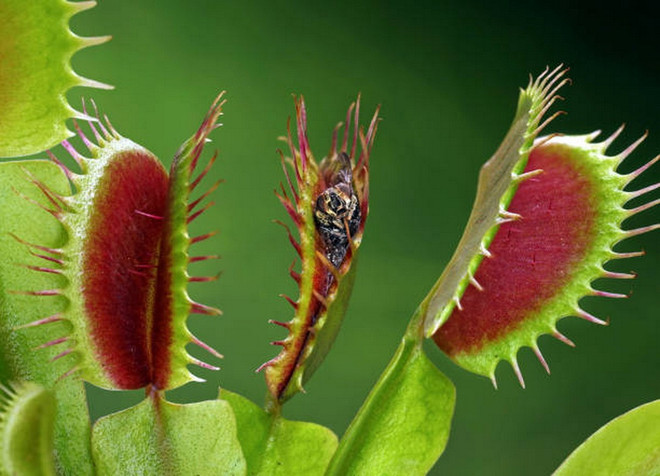
Each touch from the prey triggers tiny “electrical pulses” in the cells, like nerve signals. If the frequency is high enough, the trap snaps shut in a tenth of a second, trapping the unfortunate insect. Scientists call it the plant’s short-term memory—a biological mechanism for conserving energy and surviving in nutrient-poor soil.
2. Plants can "talk"
When attacked by pests, the Solidago altissima emits volatile organic compounds (VOCs) as a warning to its neighbors: “The enemy is coming.”
Surrounding plants that receive this signal immediately activate their defense systems, increasing the production of bitter substances or attracting natural enemies to destroy the insects.
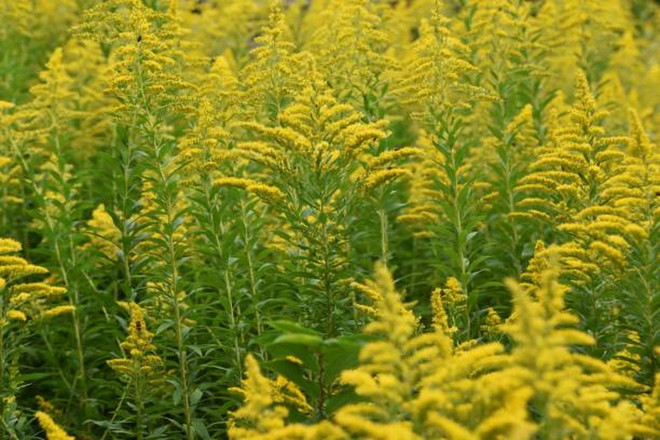
Research has documented at least 35 plant species capable of such “chemical communication” – not just for defense, but to protect entire populations.
Scientists are working to exploit this mechanism in agriculture , to help plants resist pests without the need for pesticides.
3. The “Internet” of forests
Beneath the forest floor lies another world: the mycorrhizal network (CMN) – where trees exchange carbon, water and chemical signals through tiny fungal threads. Scientist Suzanne Simard was the first to discover this “forest internet” in Canada.
Thanks to CMN, birch trees can “share” nutrients with Douglas fir when the latter is affected by pests and diseases, and vice versa.
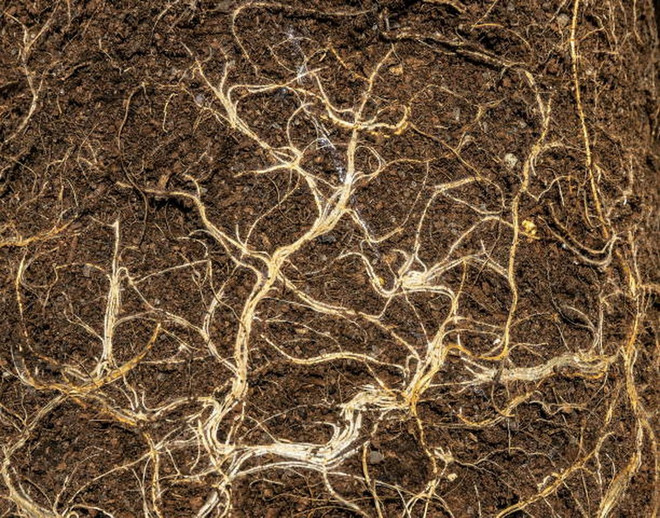
While the prevalence of this phenomenon is still debated, the discovery has changed the way we think of forests: no longer as isolated collections of trees, but as ecological networks that cooperate to survive.
4. Plants that can keep warm
Some plants such as stinking cabbage (Symplocarpus foetidus), lotus or papaya have the ability to generate heat - creating warmth to bloom in cold weather.
Through a special metabolic process, the spathe of their flowers can be warmer than the surrounding air. In Japan, people call stinking cabbage “Zen plants” because the shape of the flowers resembles a monk meditating in the white snow.
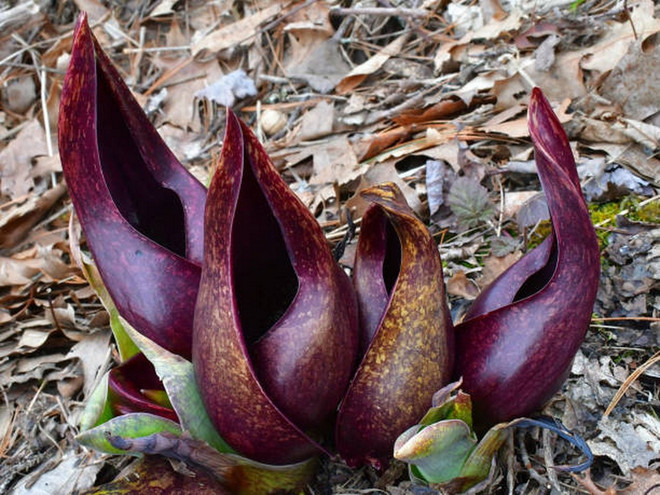
This sophisticated ability to regulate body temperature has led scientists to liken them to the “warm-blooded” creatures of the plant world.
5. Boquila “chameleon” vine
The Chilean vine Boquila trifoliolata has the ability to mimic the leaf shape of any tree it clings to – even those it doesn't come into direct contact with.
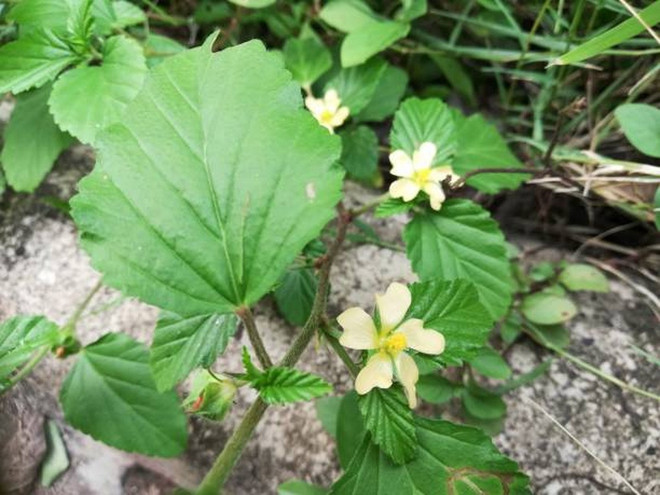
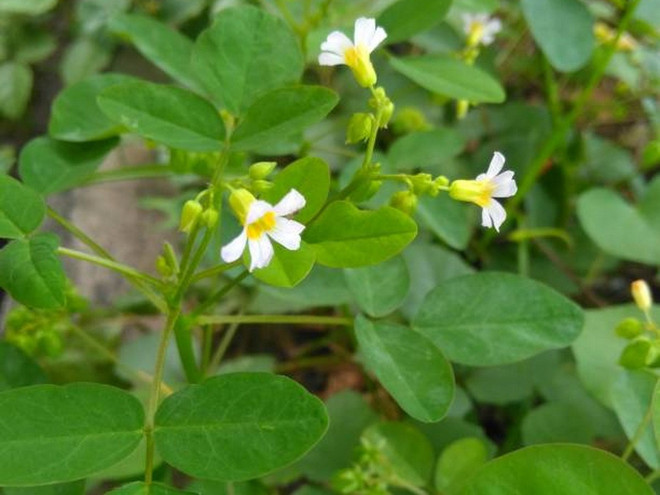
Scientists have yet to explain how this happens: it could be chemical exchange, genetic transfer, or a bacterial intermediary. Either way, Boquila uses this “superpower” to avoid detection by herbivores – a perfect camouflage strategy of nature.
6. Trees can "listen"
Many studies show that tree roots can detect sounds, even “hear” the sound of running water.
In experiments at the University of Western Australia, pea roots gravitated toward the sound of running water, even when the water was contained in a sealed tube. This suggests that plants can detect sound vibrations to find water from a distance – a form of “hearing” very different from that of animals.
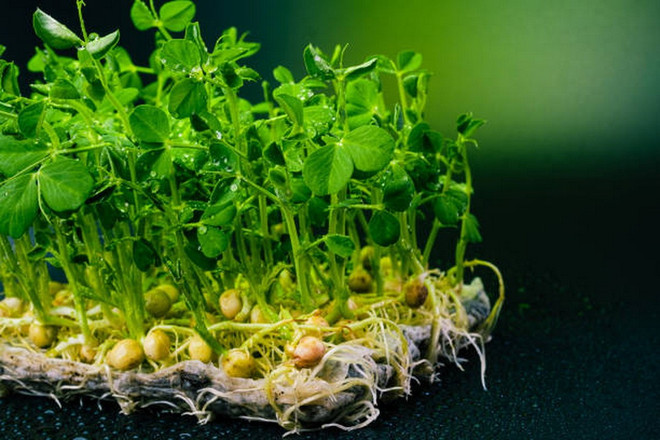
The hearing mechanism in plants remains a mystery, but may involve tiny mechanoreceptors in cell membranes.
7. Plant-simulating robot
Inspired by the way plants seek nutrients and avoid danger, Italian scientists have created a soft robot called a “plantoid” - simulating tendrils and roots.
These robots can grow, expand their structures using 3D printing technology, adapt to their environment and even explore underground.
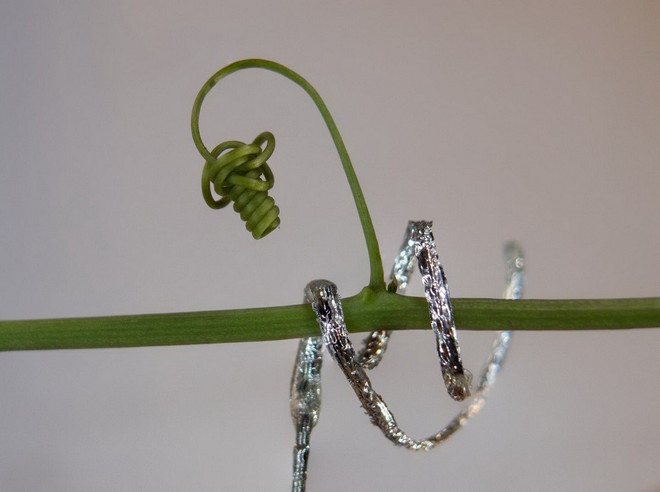
In the future, plantoids could find applications in medicine, environmental surveying or space exploration – demonstrating how plant intelligence can inspire human technology.
8. The "calculating" mustard plant
Thale cress (Arabidopsis thaliana) is a silent “mathematician”. During the day, it stores energy in its leaves; at night, it gradually consumes this starch according to a precise calculation, just enough to last until sunrise.
This behavior—called photoperiodic anticipation—helps plants optimize their energy and adapt to changes in light. The mechanism is so sophisticated that scientists liken it to a “programmable biological clock.”
9. Mimosa pudica has memory
The Mimosa pudica is famous for its reflexive closing of its leaves when touched. But what's more interesting is that it can learn and remember.
In the experiment, the mimosa plants stopped responding when they realized that the falling water drop was harmless – a sign of learning through experience. Even after several weeks, this response was maintained, suggesting the plants had long-term memory.
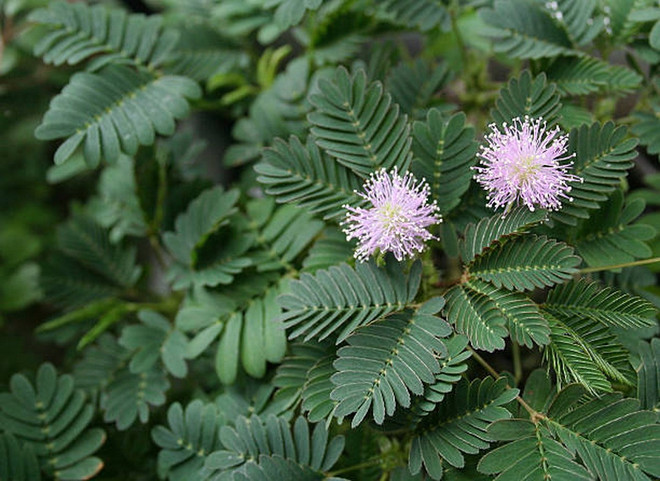
Despite lacking brains or nervous systems, plants exhibit behaviors once thought to be unique to animals—a discovery that changes the way we understand life.
10. Trees can "feel" their neighbors
Chili peppers and fennel are examples of “complex neighbor relationships” in the plant world. When grown side by side, fennel produces chemical signals that slow the growth of the chilies. Meanwhile, the chilies respond by changing the way they allocate energy, prioritizing root growth to get as far away from their “rival” as possible.
Even when chemical, light and physical contact are blocked, the two plants can still sense each other's presence and cope.
When peppers sense the presence of a “friendly neighbor,” such as basil, they slow down their growth, focusing their energy on the stem instead of the roots./.
Source: https://www.vietnamplus.vn/10-kha-nang-phi-thuong-cua-thuc-vat-khien-gioi-khoa-hoc-kinh-ngac-post1071686.vnp












































































































Comment (0)